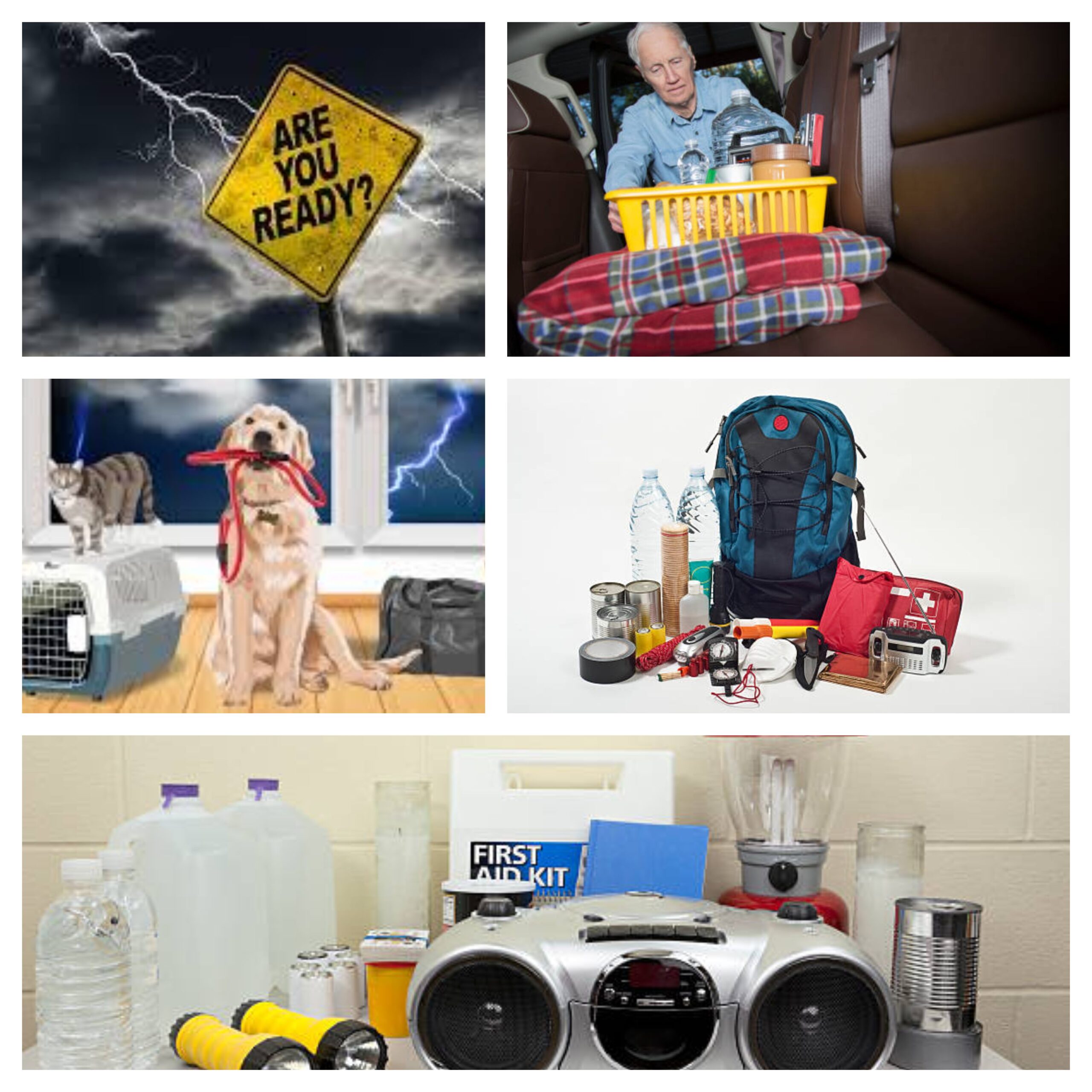No matter where you live in the world, mother nature can surprise us with unexpected weather, storms and natural disasters.
Be prepared and have peace of mind, so if there unexpected weather or a natural disaster you can help yourself and help others. Be aware of the resources that are available to you for preparation and have contingency plans and tools to help you weather the storm. Check with your local resources for evacuation guides, checklists or tips for storm preparation.
In Florida, for example, residents are aware of the risks of hurricanes, tropical storms and even tornadoes. The Florida Department of Agriculture and Consumer Services provides helpful storm preparation information, tips and checklists on their website. Just like you have seasonal holiday decoration storage, have a storm preparation storage system. Some items such as generators or non-perishables can be stored in garages, but most should be stored in well ventilated, room temperature spaces, such as a closet, or accessible space that may be out of sight, until the need arises. Adding shelving if there is limited storage space is another way to store materials or valuable items such as documents, heirlooms, photos, legal documents or home deeds. You can also store these in waterproof/fireproof containers on high shelves, in case of flooding. If aesthetics is important to you, you can place them inside baskets or eye-pleasing containers that hide the contents but keep these accessible.
You can use plastic bins or waterproof storage bags to store all your supplies. These can be stacked inside closets or rooms or even under beds, if space is limited. The key is to have it all in one location and to keep these updated and inventoried as the seasons change. You may need to use up canned food or batteries, as these can expire. Vehicles can also be used to store emergency portable kits. Also, there are companies that offer premade emergency kits that are ready and accessible.
The National Weather Service has an Emergency Supplies kit checklist that can be stored in the location where you will take shelter. It is also recommended that you have a “go-pack” such as a backpack where you can keep your evacuation information, emergency numbers, maps, battery powered radio, cell phone battery packs, cash, passport/identify documents, etc. Remember that you can also take pictures of your insurance policies, medical information, and other documents. Having all the materials in one place will save you time if you need to move fast.
Do your research and create a plan with family members to decide what goes in these kits. Also be mindful of your pets’ needs as they should have their own kits.
Be safe, smart, and prepared. But most of all, stay calm. Storms and natural disasters are a part of our experience. It is important to work as a community to help each other out, but we can’t do this unless we are also prepared.




Recent Comments